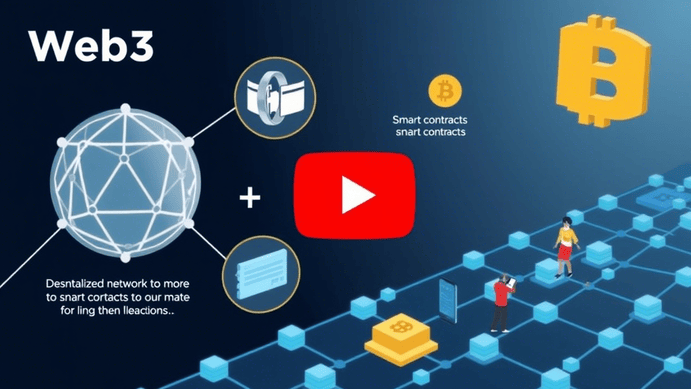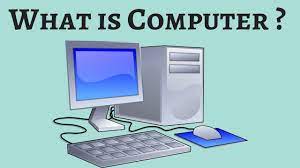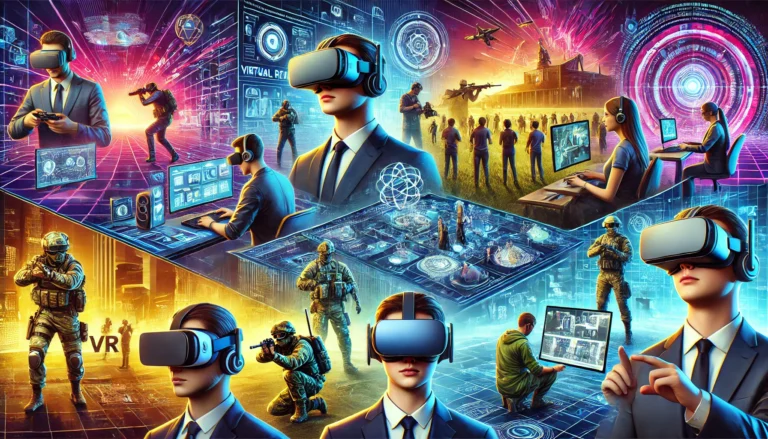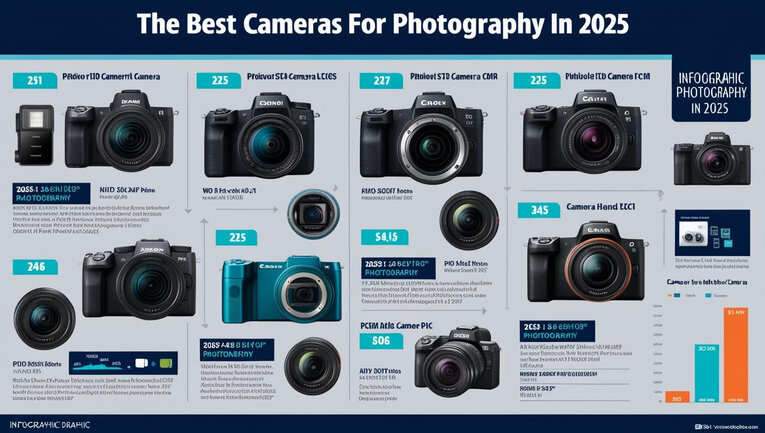What is web3 technology
Here’s a rewritten version of your article with easy-to-read grammar and a natural flow:
Understanding Web3: The Future of the Internet?
The Web3 internet is constantly evolving—not just in terms of websites and platforms, but also in the underlying technology that powers it. In recent years, tech experts have been discussing Web3, a term coined by computer scientist Gavin Wood, as the next major shift in the internet’s development.
Web3 represents a decentralized internet built on blockchain technology—a system where data is stored across multiple computers rather than controlled by a few major corporations. While some elements of Web3 are already in place, its full potential is yet to be realized. If it does become mainstream, Web3 could redefine the way we interact with digital platforms, shifting control from big tech companies to community-run networks.
Since 2018, interest in Web3 has surged across areas like investment, job vacancies, research publications, and media coverage. The financial sector has been at the forefront of Web3 adoption, with decentralized finance (DeFi) platforms at one point processing over $10 billion in daily transactions. However, progress in this space has been inconsistent, with both breakthroughs and setbacks along the way.
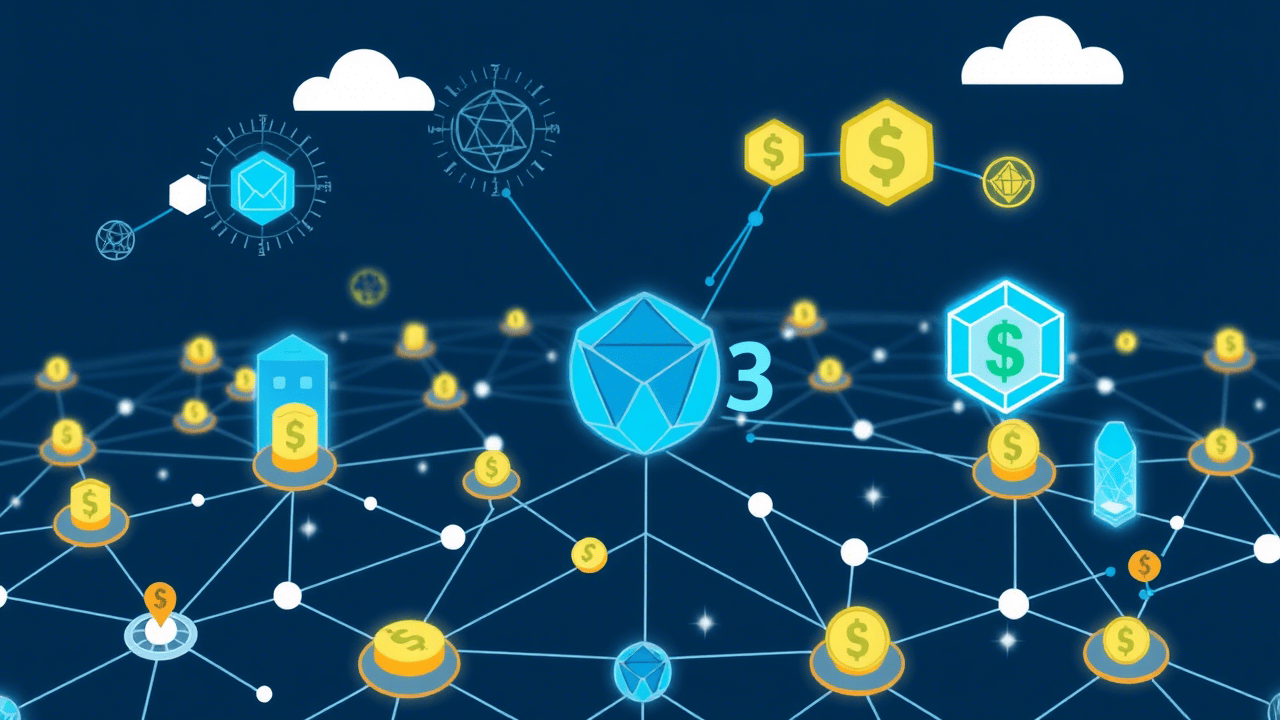
What is Web3, and why is it important?
Despite the growing buzz, many people still don’t fully understand Web3. A 2022 Harvard Business Review poll revealed that 70% of respondents admitted they didn’t know what Web3 was. In this article, we’ll break down Web3, its potential benefits and risks, and explore whether it will truly transform the internet.
A Quick Look at Web1 and Web2
To understand Web3, it’s important to first look at how the internet has evolved:
- Web1 (1990s–early 2000s): The early internet was mainly static websites where users could read information but had limited interaction. Websites were built using open protocols accessible to everyone, and the internet was primarily used for reading web pages, chatting, and online research.
- Web2 (Mid-2000s–present): Platforms like Facebook, Twitter, and Wikipedia changed the internet by allowing users to create and share content. However, these companies monetized user data and retained full control over their platforms, leading to concerns about privacy, censorship, and centralized power.
How Web3 Works
Web3 is built on several key technologies:
- Blockchain: A decentralized, digital ledger that records transactions across multiple computers. No single entity controls the system, making it more transparent and resistant to manipulation.
- Smart Contracts: Self-executing agreements stored on a blockchain that run automatically when predefined conditions are met. These contracts eliminate the need for intermediaries.
- Digital Assets and Tokens: Cryptocurrencies, NFTs (nonfungible tokens), and tokenized assets represent digital value within Web3 ecosystems. They can be used for transactions, ownership verification, and even access to exclusive services.
How Web3 Differs from Web2
In Web2, large tech companies like Google and Facebook control user data and digital interactions. Blockchain technology aims to shift power back to users, allowing them to control their own information without relying on middlemen.
Another major difference is trust. In Web2, users trust companies to handle their transactions and personal data. Web3 eliminates this dependency by using blockchain verification, ensuring that transactions only go through when all conditions are met.
For example, imagine buying a resale concert ticket online. In Web2, you trust the seller to provide a genuine ticket, which could result in fraud. In Web3, blockchain-based ticketing ensures that each ticket has a unique, verified identity, preventing scams and ensuring transparency.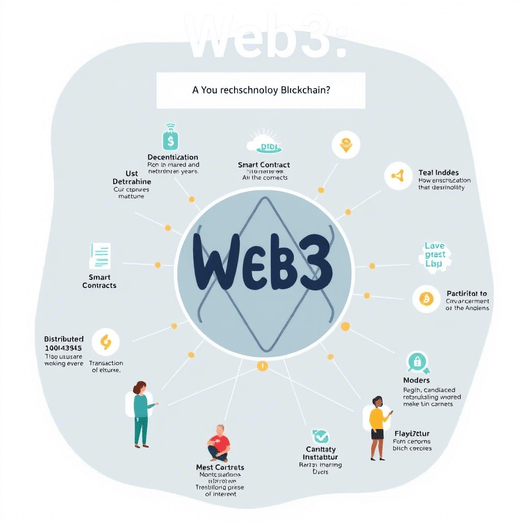
Web3’s Challenges and Opportunities
Although Blockchain technology has exciting possibilities, it also faces challenges:
1. Regulatory Uncertainty
Governments are still figuring out how to regulate Web3, especially regarding consumer protection, contract enforcement, and fraud prevention.
2. User Experience Issues
Web3 platforms currently lack the smooth, user-friendly design of Web2 apps. Many people find setting up digital wallets and interacting with smart contracts confusing.
3. Consumer Protection
The Web3 space has seen scams and project failures, raising concerns about security and reliability. Regulators are working to create safeguards, but risks remain.
Is Blockchain technology the Same as the Metaverse?
Not exactly. Web3 focuses on decentralization and blockchain technology, while the metaverse is about creating immersive virtual environments. While they may overlap in some areas, they are distinct concepts.
Real-World Examples of Web3 Adoption
Web3 technology is already being used in various industries:
- Banking: JPMorgan Chase made its first blockchain-based cross-border transaction in 2022 as part of a partnership with DBS Bank.
- Investment: Private equity firm KKR launched a tokenized investment fund on the Avalanche blockchain to make investing more accessible.
- Gaming & Digital Collectibles: Esports brand 100 Thieves gave away free NFTs to fans, with over 300,000 redemptions in just 75 hours.
- Fashion & Retail: Nike launched a Web3 platform called .Swoosh, where customers can buy blockchain-based digital collectibles.
The Future of Web3
Blockchain technology is still in its early stages, and its success depends on overcoming current challenges. While some skeptics doubt it will replace the current internet, companies and investors are actively exploring its potential.
Whether Web3 becomes the new standard or remains a niche technology, one thing is certain: the internet will continue to evolve, bringing new possibilities and challenges along the way.
